How to Use a Blender for Meal Prep (Even If You’ve Never Tried It Before)
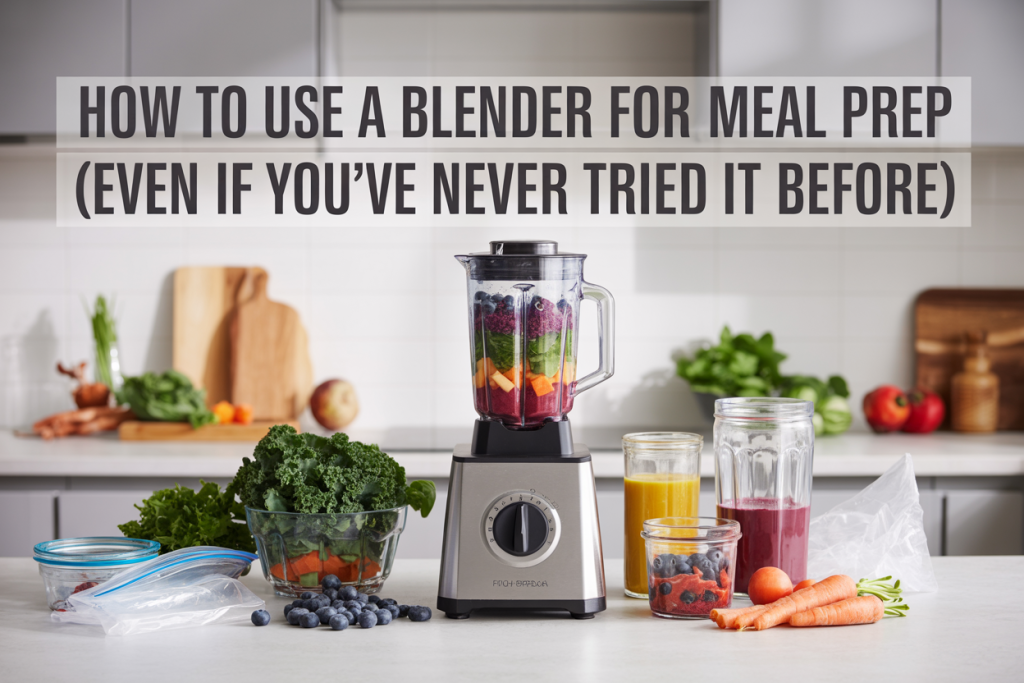
If you’ve ever wondered how to use a blender for meal prep, you’re not alone. Many home cooks don’t realize how versatile this one tool can be when it comes to saving time and eating healthier. Whether you’re trying to prep smoothies, sauces, or even full meals, a high-speed blender can take a lot of the effort out of the process.
Meal prep doesn’t have to be overwhelming. And you don’t need a dozen gadgets or hours in the kitchen to get it done. With the right blender and a few simple tips, you can batch-cook or blend your way to easier, healthier meals—all without the stress.
What You Can Actually Make When You Meal Prep with a Blender
Most people think of smoothies—and yes, a high-speed blender is perfect for those—but meal prep with a blender goes far beyond breakfast drinks. A good blender can help you create a variety of healthy, prep-ahead staples that make weekday meals faster and more nutritious.
If you’re new to batch cooking or just trying to make healthy eating easier, these ideas can help you get more out of the appliance you already own.
Here are a few real-world meal prep staples you can make in your blender:
- Green smoothies (prep ingredients in freezer bags, blend when ready)
- Soups (blend roasted veggies into creamy purées)
- Hummus and dips (store for the week in airtight containers)
- Sauces and dressings (like pesto, vinaigrettes, or cashew cream)
- Protein pancakes or batter (blend and store in fridge)
- Overnight oats bases or fruit purées (for meal prep breakfasts)
All of these can be batch-prepped, frozen, or stored in jars so you don’t need to cook from scratch every time you’re hungry.
Take a look below for more in depth information on these.
Green Smoothies:
These are the classic go-to—and for good reason. You can pre-portion leafy greens, frozen fruit, seeds, and protein powder into freezer bags or jars, then dump them straight into the blender when you’re ready.
Adding a high-speed blender to your meal prep routine means no more blending in batches or struggling with chunky textures.
You get smooth, drinkable results every time, and cleanup takes less than a minute.
Bonus: prepping smoothies ahead of time saves fridge space and makes it easy to start your day with something nutritious.
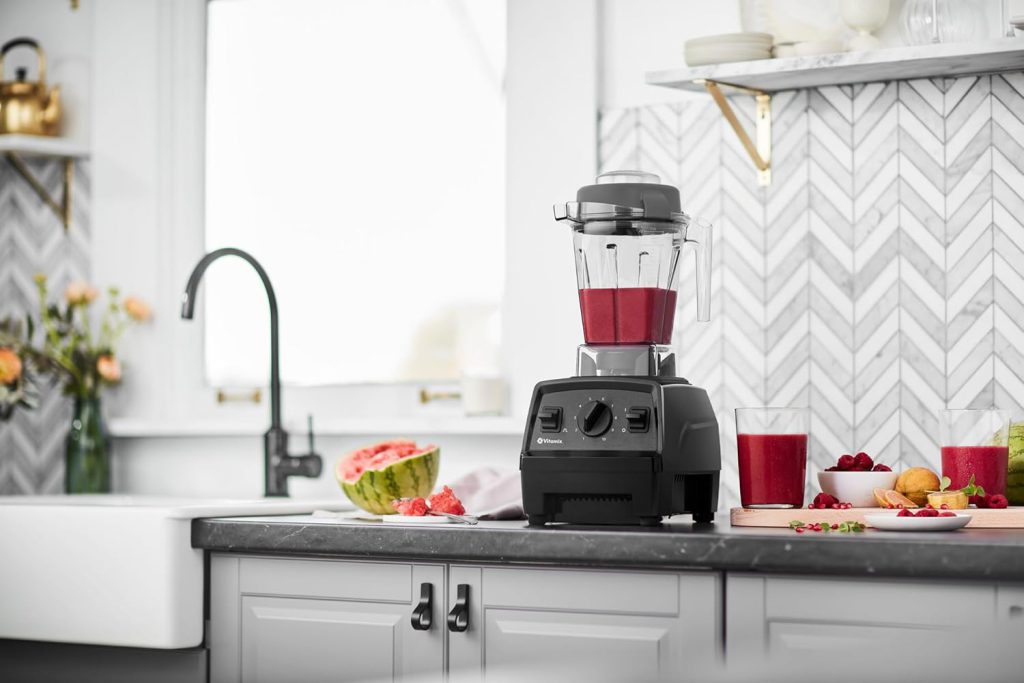
Soup
Blenders aren’t just for cold drinks. You can roast a batch of vegetables—like carrots, sweet potatoes, or cauliflower—then blend them with broth and spices for creamy soups you can portion out and refrigerate or freeze.
If you’re using a blender with heat-safe settings or friction heat (like a Vitamix), you can even blend and heat in one step. Soup is one of the best blender meal prep recipes because it stores well and can be reheated in minutes for lunch or dinner all week.
Hummus and Dips
Instead of buying store-bought versions full of preservatives, try making your own dips in a high-speed blender. Hummus, white bean dip, cashew queso, or avocado-based blends are simple to whip up and store in jars or containers.
These work great as snack options, sandwich spreads, or veggie dip for lunches.
Using your blender helps you control the texture and ingredients while making enough to last several days.
Sauces and Dressings
Blenders are perfect for prepping homemade sauces and salad dressings, especially when you want to avoid sugar or additives in store-bought options. You can blend up creamy dressings, nut-based sauces, or pesto in just a few minutes.
Store them in small jars and use them throughout the week to make otherwise simple meals more flavorful and satisfying.
Protein Pancake Batter
Blending your pancake or waffle batter saves time and helps break down oats, cottage cheese, or banana if you’re using high-protein or gluten-free recipes. You can prep a big batch of batter on the weekend, store it in the fridge, and use it throughout the week.
This method is great for busy mornings when you want something hot and healthy with minimal effort.
Fruit Purées and Overnight Oat Bases
Blenders make it easy to prep fruit purées or blend-ins for overnight oats, chia puddings, or yogurt bowls. You can also use them to create base mixtures (like blended oats, almond milk, and berries) and store them in the fridge in single-serve containers.
It’s a simple way to speed up healthy breakfasts without losing variety.
Once you see how many everyday foods you can prep with a blender, it becomes easier to rely on it as a core tool in your kitchen—not just a smoothie maker.
And when you combine these blender basics with smart storage, it sets you up for faster meals, less stress, and better follow-through on your healthy eating goals.
What Kind of Blender Works Best for Meal Prep?
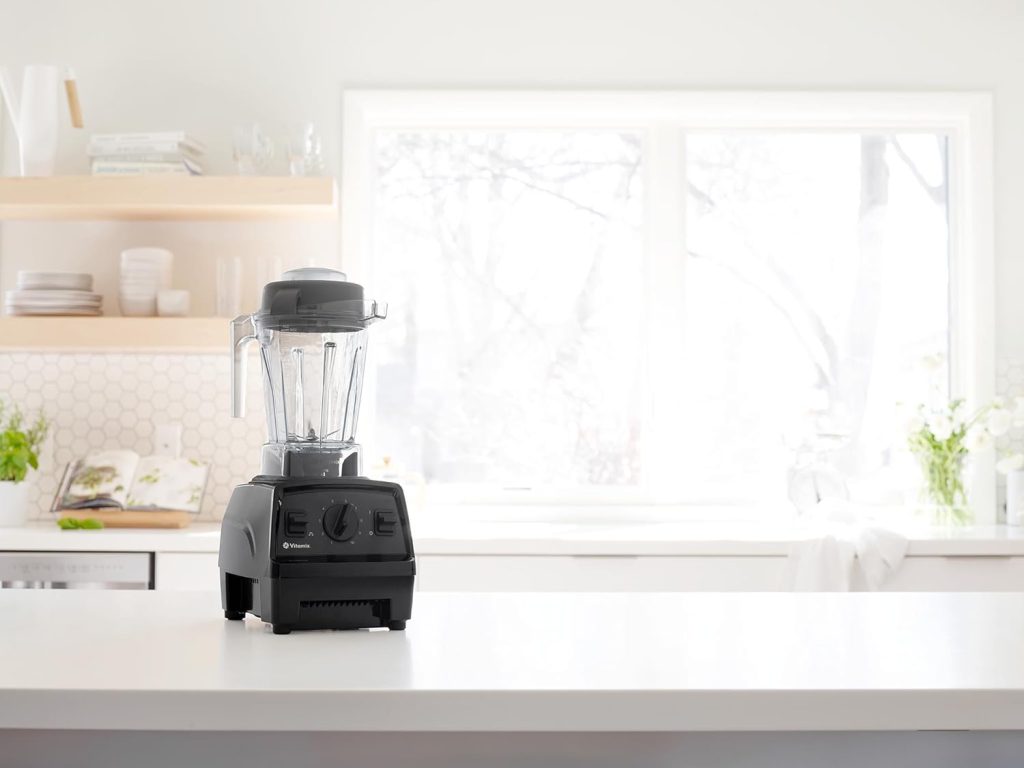
Not all blenders are built the same—especially if you plan to use them consistently for weekly prep.
To truly simplify your kitchen routine, look for a high-speed blender for meal prep that has:
- Power (at least 1000 watts or more for raw veggies and nuts)
- Capacity (64 oz or larger for batch blending)
- Durability (designed for daily or frequent use)
- Multiple speeds or pre-set programs (for smoothies, soups, etc.)
Personal-size or bullet-style blenders are great for single smoothies, but they won’t cut it for real batch cooking. If you’re unsure what to buy, check out our roundup of the best high-speed blenders for meal prep.
Prep-Friendly Blender Tips for Beginners
If you’re still not sure how to use a blender for meal prep in a way that feels manageable, you’re not alone. Knowing what to make is one thing—but knowing how to prep, store, and clean up without getting overwhelmed is where most people give up.
Here are some beginner-friendly tips to help you stay consistent, save time, and avoid that “why is this so messy?” feeling.
Start with one blender task per prep day.
You don’t have to make everything at once. Try choosing one task—like blending smoothie packs or prepping soup—and do just that during your weekly prep. Once it feels easy, add more items later. This keeps you from burning out or overcomplicating your process.
Use freezer bags and jars for storage.
Blended foods store surprisingly well in jars, reusable containers, or silicone freezer bags. Soups and sauces can be portioned out and frozen flat. Smoothie packs can be stacked vertically in the freezer with all ingredients pre-measured.
Having containers that work for both freezing and reheating is one of the easiest ways to make blender meal prep feel like less work.
Layer your ingredients the smart way.
Always start with liquids first (like water, nut milk, or broth), followed by soft ingredients (yogurt, fruits), and then hard or frozen items last. This layering technique helps the blender process more evenly and cuts down on having to stop and stir.
Some high-speed blenders even come with tamper tools or presets that make this even easier.
Clean it immediately after use.
The number one reason people stop using their blender? They dread the cleanup. But here’s a trick: just add warm water and a drop of dish soap, then blend on high for 30 seconds. Rinse, and you’re done.
Making cleanup part of your prep flow means your blender stays ready for the next batch.
Stick with simple, repeatable recipes.
As you build your blender skills, find 3–5 core recipes you love (like a green smoothie, veggie soup, hummus, pesto, or overnight oat base). Rotate them each week so meal prep feels doable—not like another Pinterest rabbit hole.
When you’re just starting out, the key to using a blender for meal prep is building habits that feel sustainable.
Small wins—like a freezer full of smoothie bags or a clean blender on the counter—lead to bigger ones over time.
Quick Blender Meal Prep Routine You Can Try
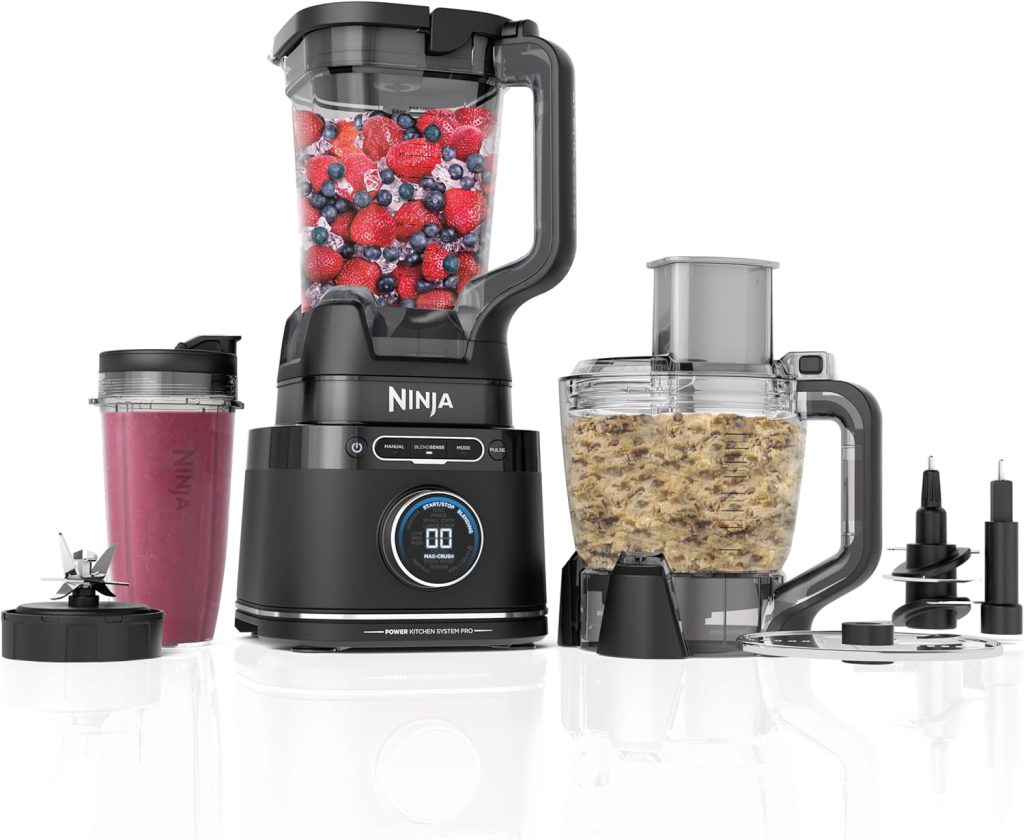
If you’re just learning how to use a blender for meal prep, the best way to get started is to build a simple routine you can repeat each week. No complicated recipes. No five-appliance chaos. Just one tool—your high-speed blender—and a few steps that save time, cut stress, and get healthy food ready fast.
This beginner-friendly routine uses common ingredients and covers multiple meals. You can scale it up for batch cooking or keep it light for the week ahead.
Step 1: Prep Your Smoothie Bags
Gather your ingredients—leafy greens, berries, banana slices, protein powder, flaxseeds—and portion them into individual freezer bags or jars. Label them if needed. In the morning, just add liquid and blend. This alone can save 10–15 minutes a day.
Tip: If you’re prepping for more than three days, freeze to preserve freshness and nutrients. It’s one of the easiest ways to use your blender for meal prep without any daily chopping.
Step 2: Make a Big Batch of Soup or Sauce
Roast vegetables like carrots, cauliflower, or sweet potatoes. Once they’re cooled, blend them with broth, garlic, and seasonings for a creamy soup base. Or, toss together basil, olive oil, lemon juice, and pine nuts for a simple pesto.
Divide the finished blend into meal prep containers or mason jars. Now you have multiple meals’ worth of nourishing, ready-to-go components.
Step 3: Blend a Protein Dip or Spread
Using a blender for hummus, white bean dip, or cashew spread gives you a healthy snack or sandwich filler that’s easy to portion. Store in airtight containers in the fridge for up to 5 days. These spreads are great for quick lunches, snack boxes, or even wraps.
Step 4: Rinse, Repeat, and Rest
Blender cleanup is fast—so do it right away. Add warm water and a drop of soap, blend, and rinse. Wipe down your prep area, and you’re done.
This whole routine can take 30–45 minutes and cover breakfasts, snacks, and lunches for several days. Over time, you’ll find your rhythm and even swap in new recipes without starting from scratch.
Common Questions About Using a Blender for Meal Prep (and a Little Encouragement)
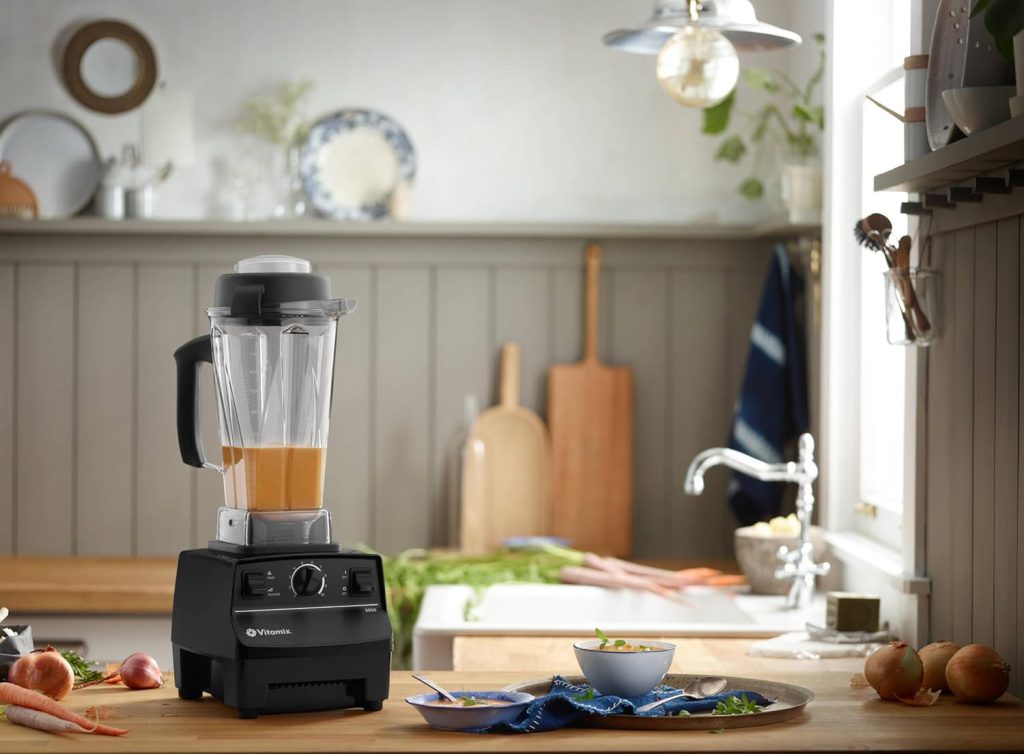
Even if you understand the basics of how to use a blender for meal prep, it’s normal to have a few lingering doubts. Whether you’re worried about making a mess, doing it wrong, or just not having the “right” tools, these quick answers can help you move forward with confidence.
Do I need a fancy blender to get started?
Nope. A high-speed blender will give you the best results with tough ingredients (like nuts or leafy greens), but if you’re just getting started, use what you have. You can still make soups, smoothies, dips, and sauces—just be mindful of batch size and texture.
Can a blender really replace a food processor?
In many cases, yes. A high-powered blender can handle most of the same tasks—like pureeing, chopping soft ingredients, or even mixing dough. If you’re doing very fine chopping or slicing, a food processor may still be helpful, but you don’t need both to start prepping smarter.
How long does blender meal prep take?
With a simple routine, 30–45 minutes once a week is enough to prep smoothies, soup, sauces, and snacks. As you build your system, you’ll get faster and more efficient. The key is consistency—not perfection.
What if I don’t have time to prep everything at once?
No problem. Start small. Blend just your smoothie bases this week. Next week, add in soup. Over time, you’ll build a system that fits your life—not the other way around.
Is it really worth the effort?
Yes. Having prepped, healthy food ready to go is a game-changer when you’re tired, busy, or just trying to eat better without overthinking it. Using your blender for meal prep is one of the easiest ways to reduce daily cooking stress and eat well more consistently.
Conclusion: Start Small, Blend Big
Learning how to use a blender for meal prep doesn’t have to be overwhelming. You don’t need to prep a week of meals in one day or have the perfect kitchen setup.
What matters most is starting with just one or two blender-friendly habits—like freezing smoothie bags or blending a batch of soup—and building from there.
A good blender can help you eat healthier without spending hours in the kitchen or juggling five different appliances. It simplifies cleanup, reduces stress, and gives you fast access to nourishing, real food when you need it most.
~April
🧭 Want to take the guesswork out of choosing the right blender? Check out our post on the best high-speed blenders for meal prep and find the one that fits your life and health goals.